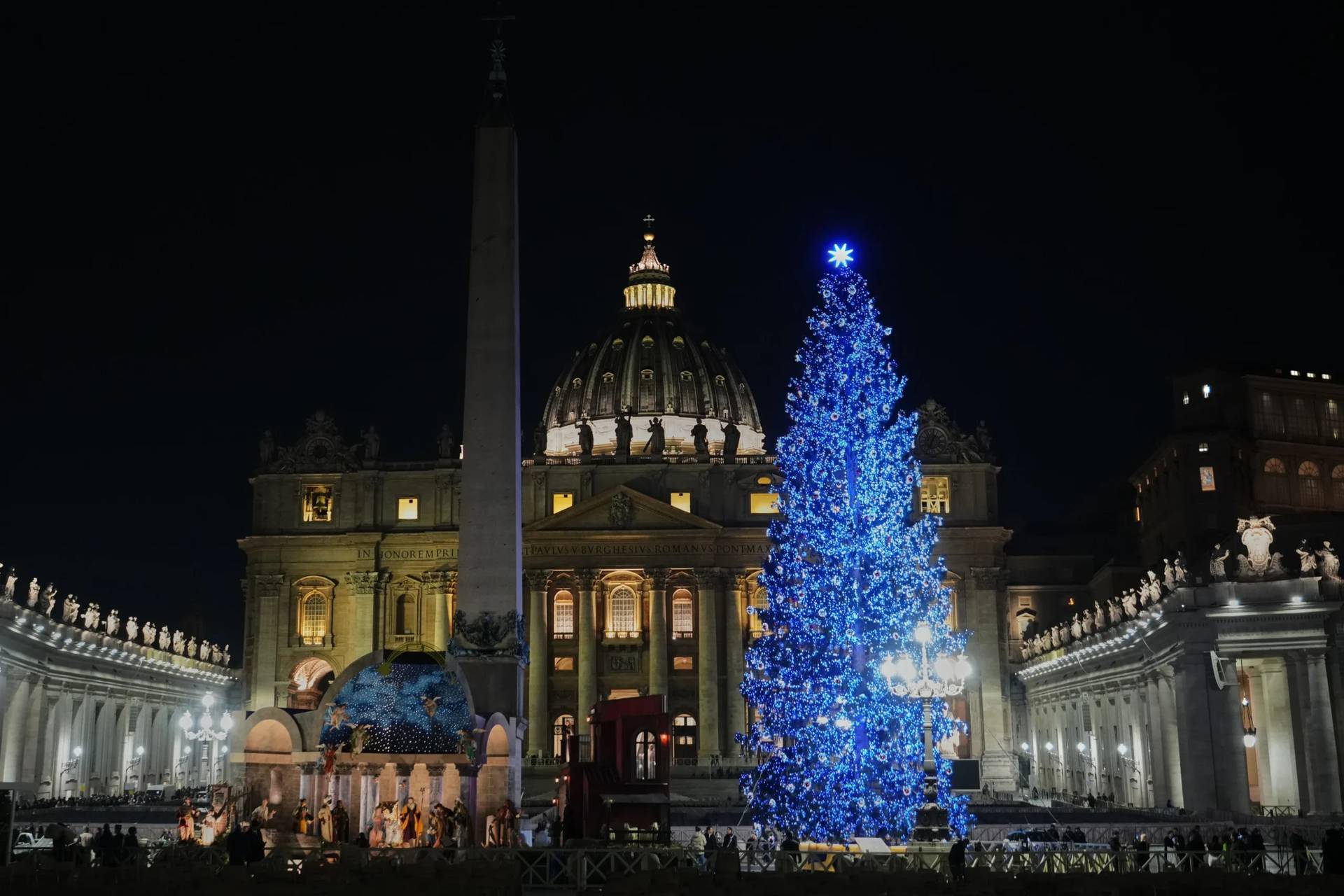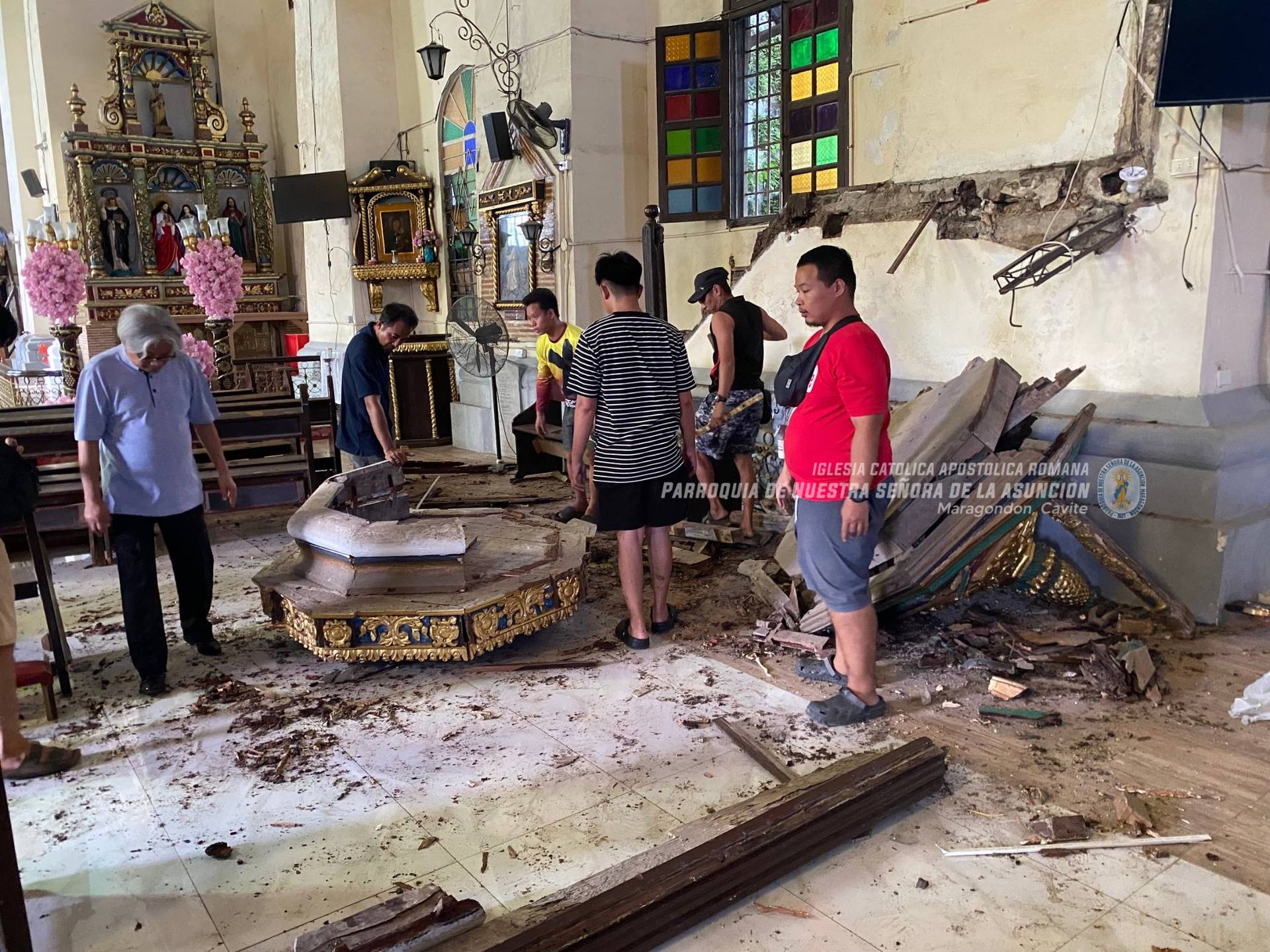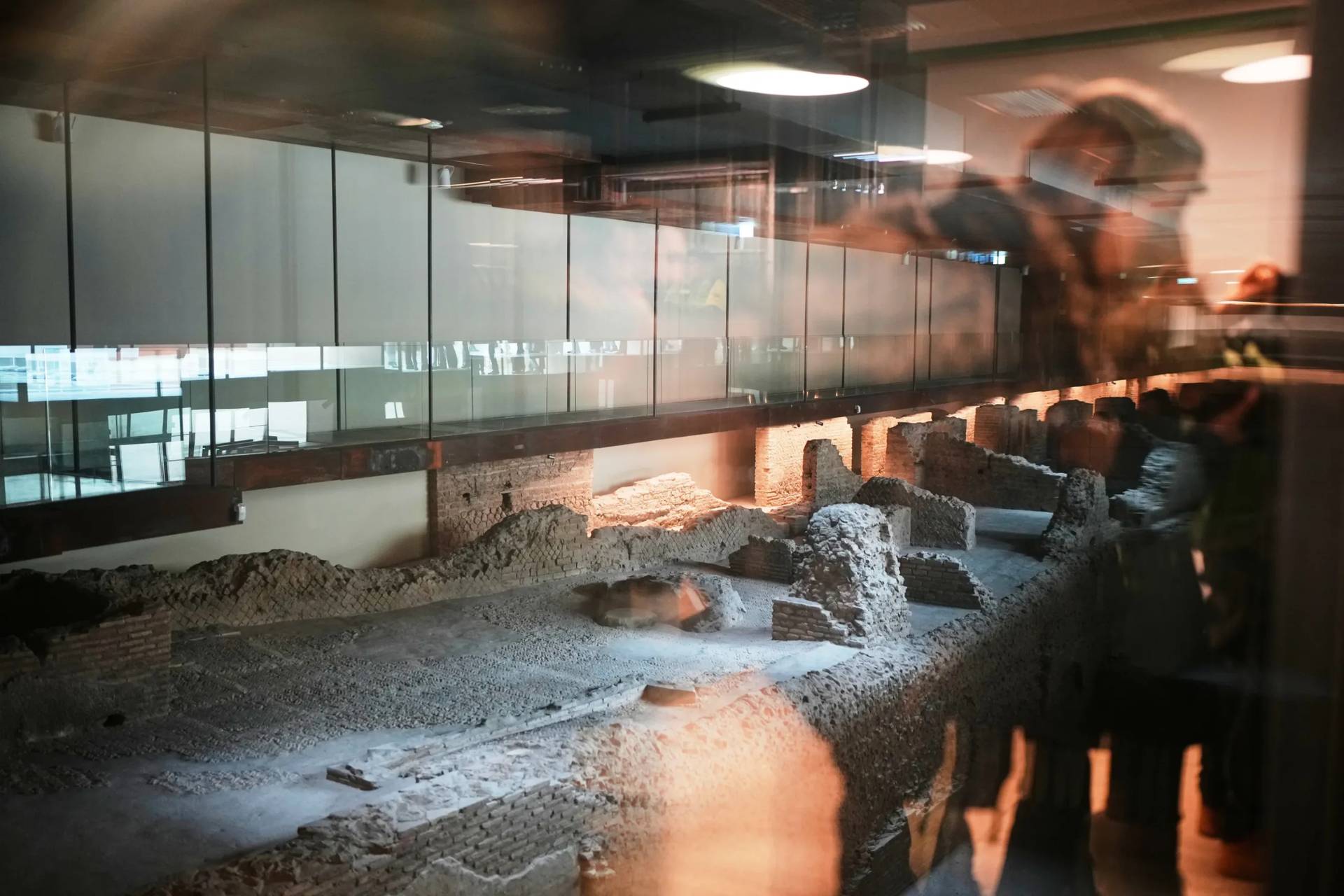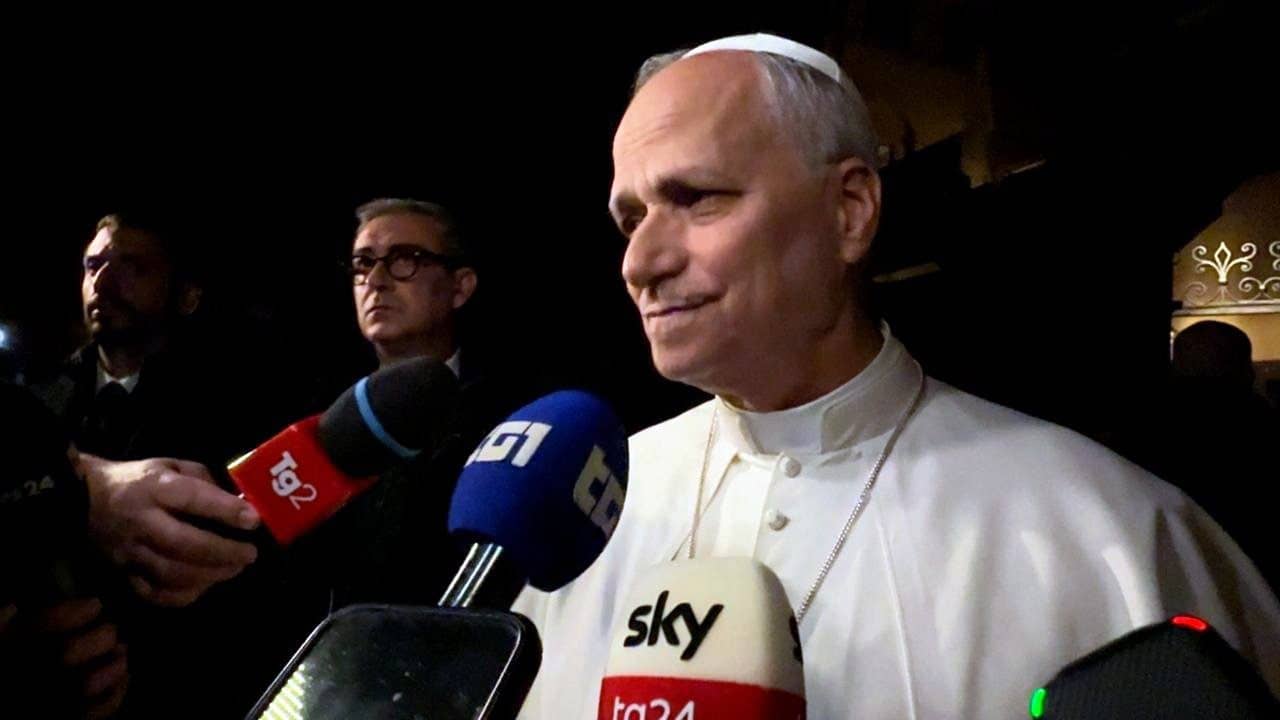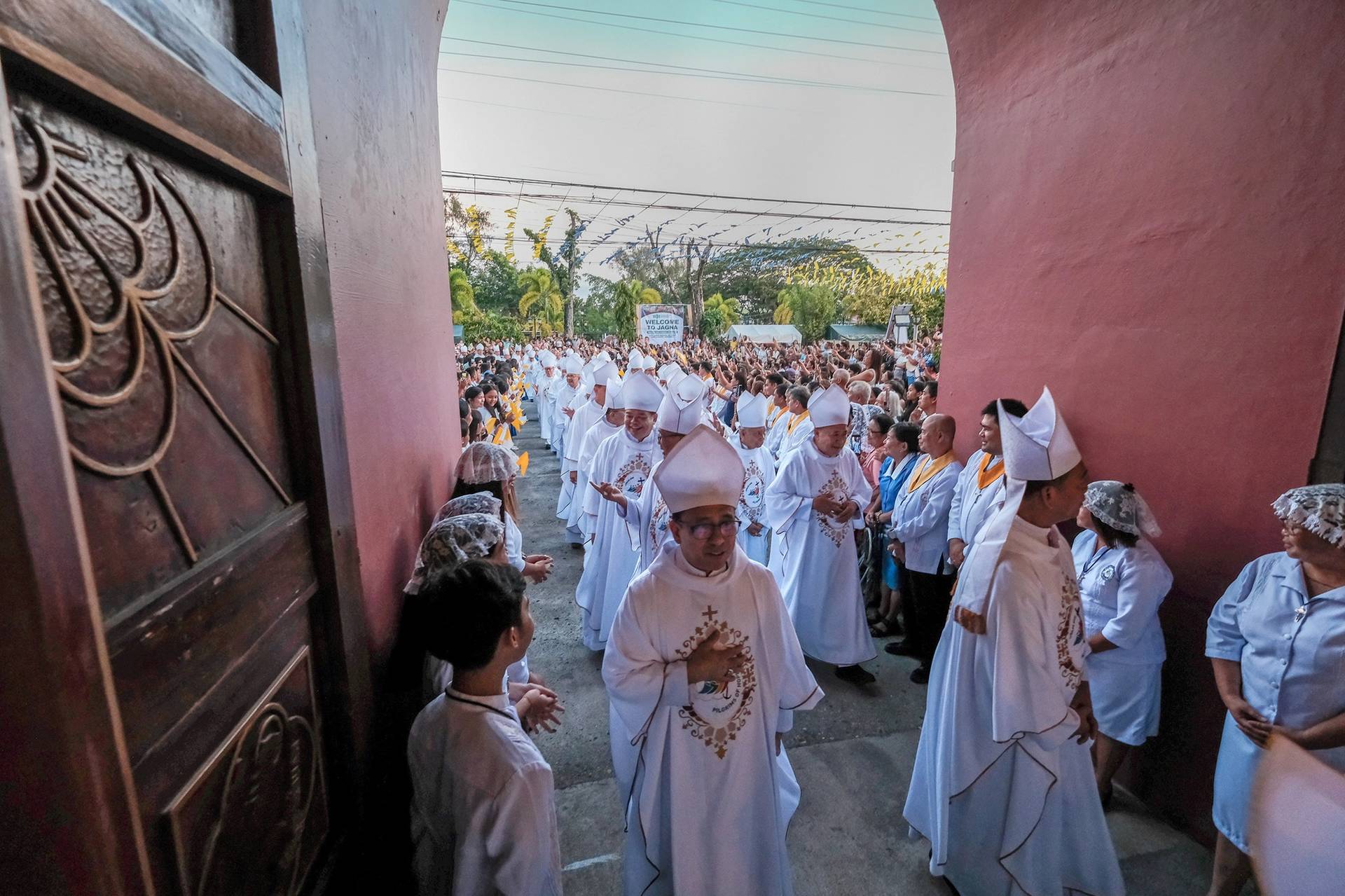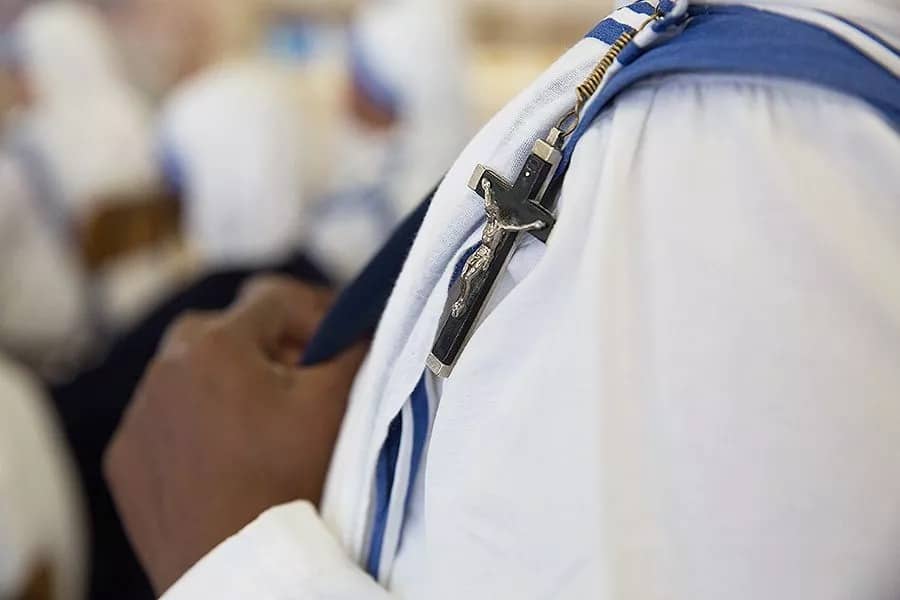KIEV, UKRAINE — Almost 23 years after its independence from the Soviet Union, Ukraine is, in many ways, fighting two wars at the same time: An internal one against corruption, and an external one with Russia.
In both cases, religious leaders are on the front lines — either praying in Maidan Square in downtown Kiev in support of the millions of protestors who brought down pro-Russian President Viktor Yanukovych, or blessing the soldiers going to the front lines.
When it comes to Ukraine’s Greek Catholic Church, the largest of the 22 Eastern churches in communion with Rome, those religious leaders are normally too young to even have white hair.
Archbishop Sviatoslav Shevchuk, who was forced to fight for the Soviet army until 1991, was elected head of the Ukrainian Greek Catholic Church when he was just 41.
Canadian-born Bishop Ken Nowakowski, from the Ukrainian Catholic Eparchy of New Westminster is, at merely 56, already the oldest member of the permanent synod, the highest organ of the Church’s executive structure.
Given the country’s seven decades under a communist dictatorship, organized religions were forced into survival mode. In many ways, the Greek Catholic Church had it worse than anyone, losing more than 3,000 priests and millions of faithful.
As a result, Ukraine has one of the youngest groups of clerics in the Catholic Church, with an average age of just 40.
The Rev. Patrick Olikh, a Franciscan monk from the city of Sharhorod, is one of those leaders. At 37, he was among the first 400 people who, on Nov. 22, went to Kiev’s Maidan Square to protest against Yanukovyck, specifically, his refusal to sign a pro-European Union agreement and the general corruption in his government.
[As a footnote, Olikh is one of the 20 Franciscan priests of Sharhorod, one of the few Ukrainian towns that had a priest during most of the Russian occupation.]
During December, January, and February, he spent countless nights at the square, leading the protesters in prayer, avoiding making any political references during his sermons, and focusing instead on reminding the protesters of the presence of Jesus.
“It’s very difficult to help the multitudes remain calm and with a clear head,” Olikh said.
With nights spent in the open in below-zero temperatures, the square stained with the blood of the thousands that were killed during the protests, and a president who went into hiding, “the crowd can easily go the wrong way,” he said. “And we couldn’t have that.”
Roman Catholic Bishop Stanislav Szyrokoradiuk (57), of the diocese of Kharkiv-Zaporizhia, was also at Maidan at various times.
“People were craving spiritual support, and I’m happy to say that we were all able to provide it,” he said.
His diocese now has more than 350,000 refugees. They’re mostly from Eastern Ukraine, which currently is a war zone in a dispute with Moscow, and Crimea, a region that, after a legally suspect referendum, declared its independence and joined Russia.
“Battalions come to church often, asking for a blessing,” Szyrokoradiuk said.
“Many [soldiers] were never baptized and come to us asking for it. We’ve handed out bags full of consecrated rosaries,” he said. “In these situations, everyone becomes religious.”
The Rev. Andriy Zelinsky is another one of the young leaders. He’s a Byzantine Jesuit priest, member of the Ukrainian Greek Catholic Church, and, at 35 years old, he has lived in the United States, Rome, Moscow, Siberia, and is currently living in Kiev getting his PhD on the Ideology of National Security.
He’s also been military chaplain for the past 8 years.
When the shooting with Russia started back in June, Zelinsky was one of the first priests to access the eastern part of the country.
“More than 40 percent of my friends are over there, fighting for this country,” he said. “I knew I had to be there. When you see your friends getting killed, the presence of a military chaplain can’t be underestimated.”
Zelinsky said many generals trained by the Soviet army may accept the importance of faith, but they don’t really understand it. Yet the young men fighting the war, he said, find comfort in the Masses, confession, spiritual guidance, and the distraction from the daily bombings the rotating chaplains provide.
“I organized language courses [he’s fluent in English and Italian], but not only as a distraction,” Zelinsky said. “I was trying to share with them ideas that would help them. I was trying to give them hope.”
Trying to explain the conflict to a group of journalists on Thursday, he insisted that the war is hard to understand.
“There’s no ethnic conflict, no religious conflict,” he said.
“We lived together for 23 years,” Zelinsky said, suggesting that the conflict has been artificially whipped up for political ends: “but never fighting.”








